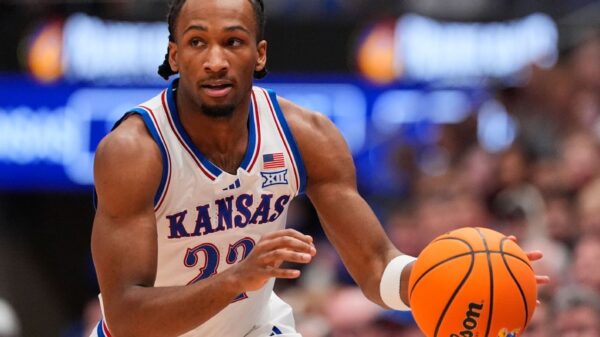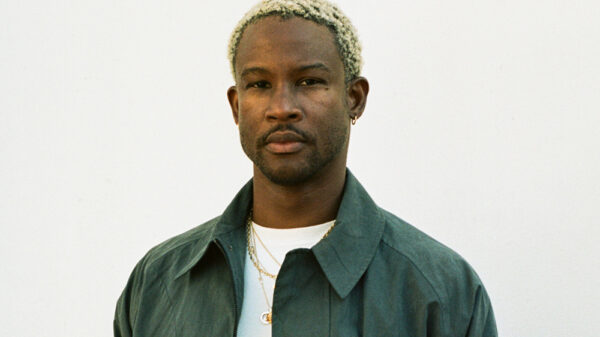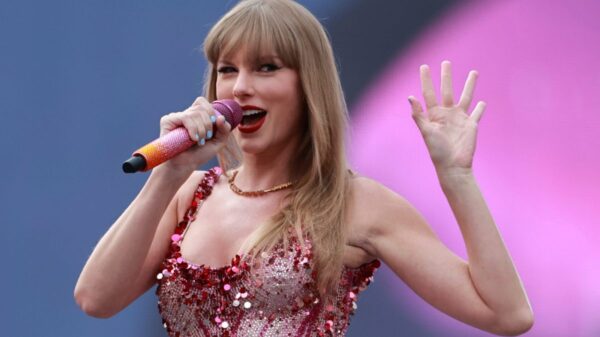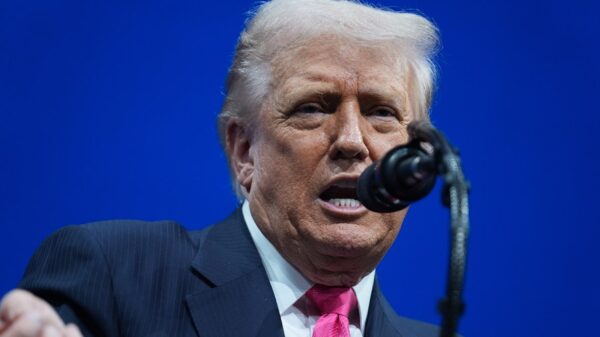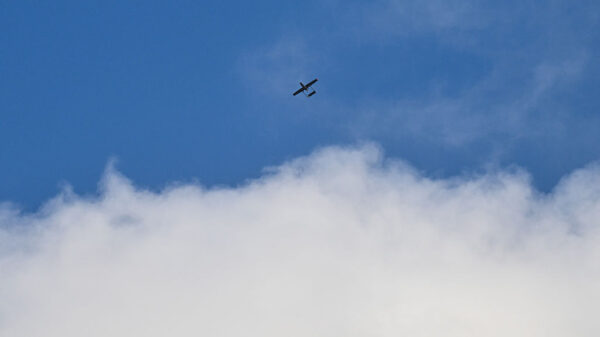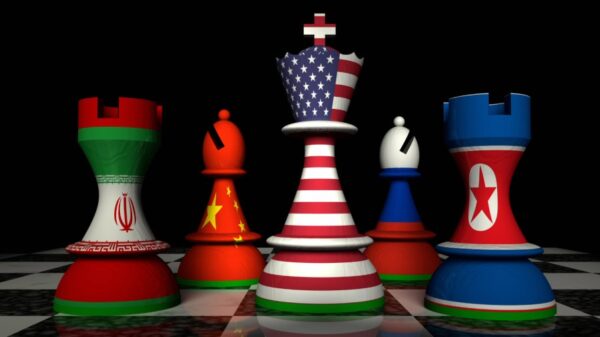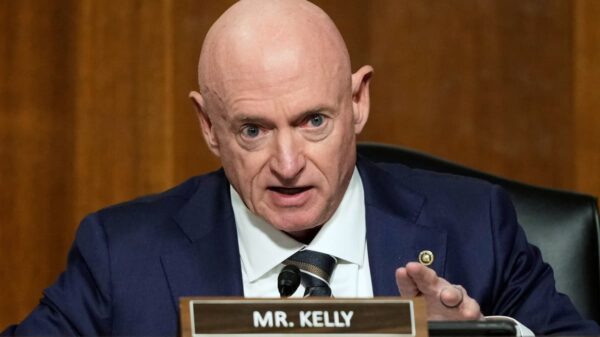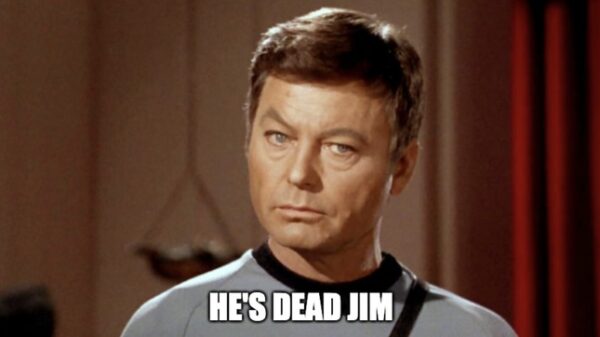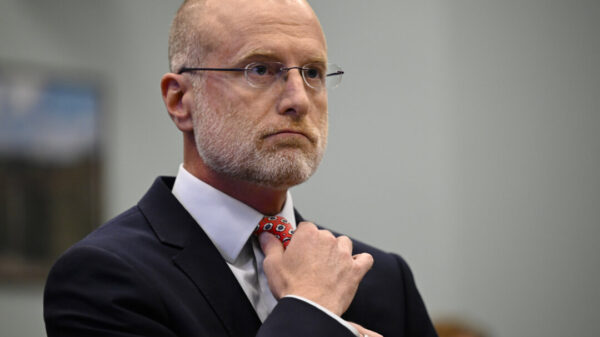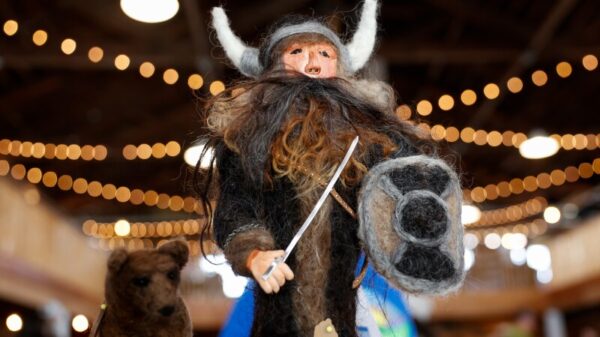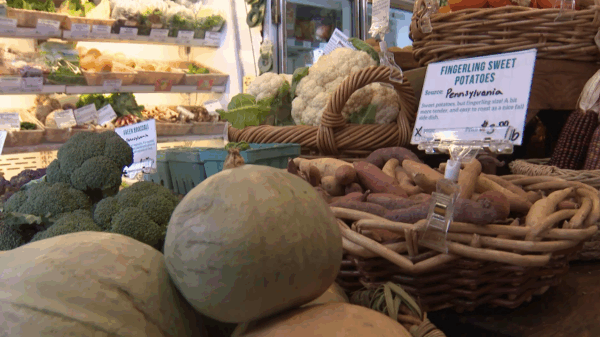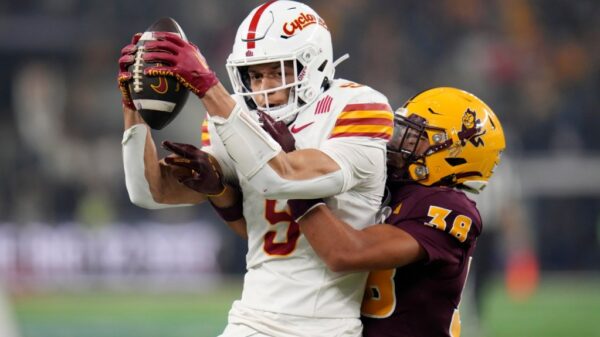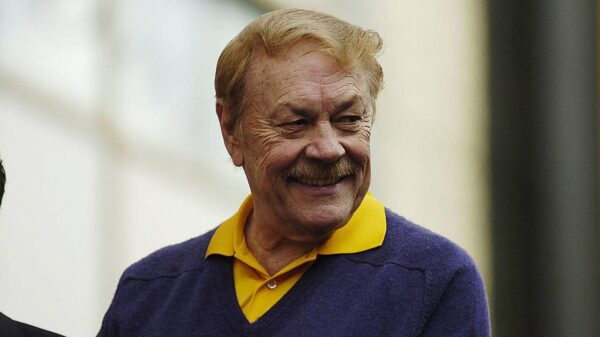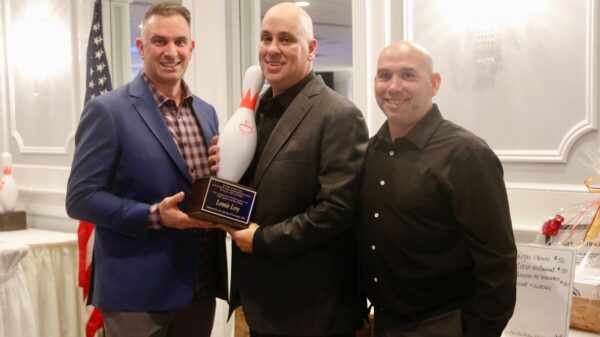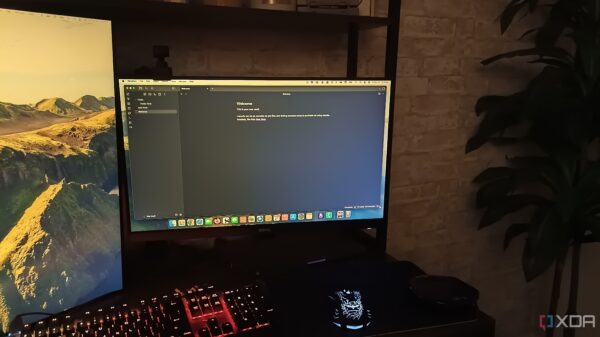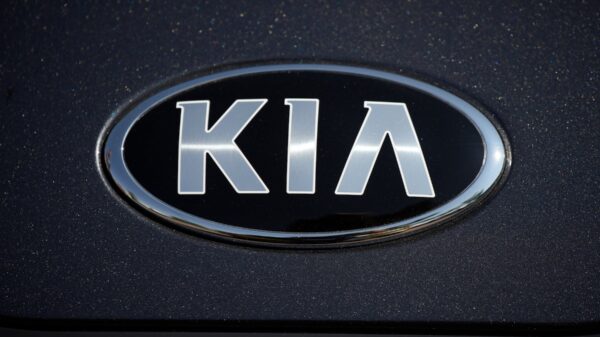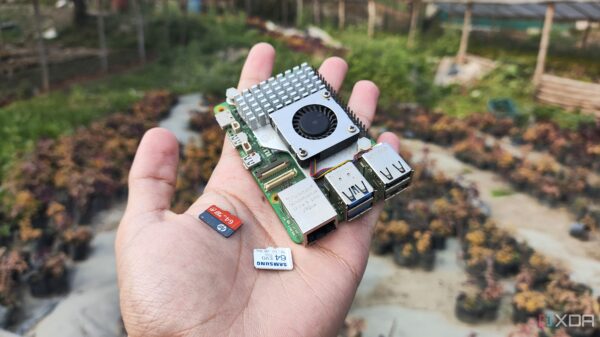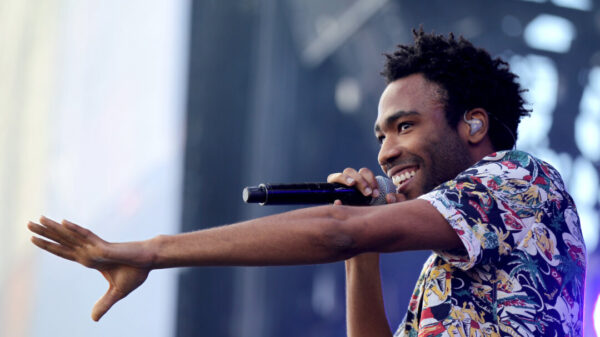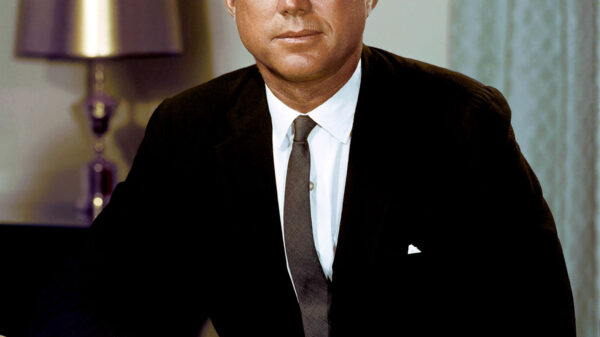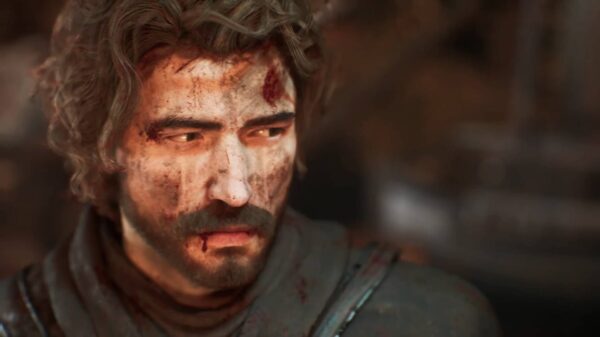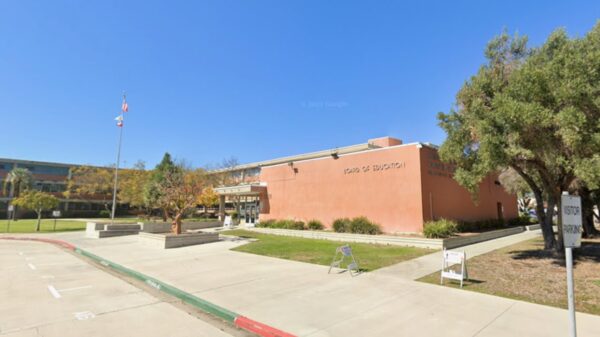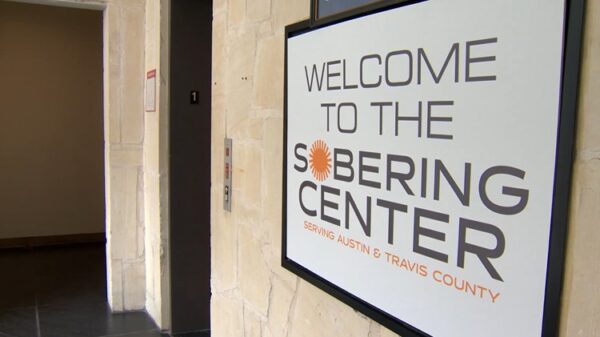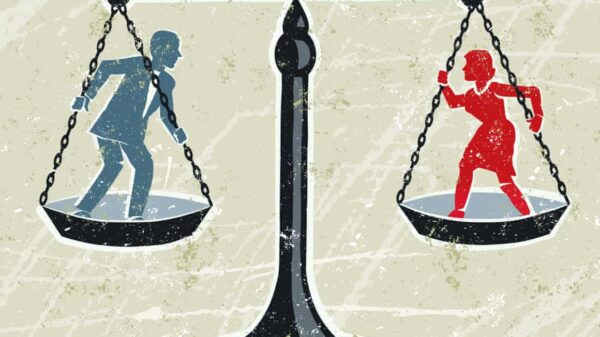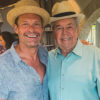UPDATE: A stunning new mural honoring baseball legend Fernando Valenzuela was unveiled at Dodger Stadium on September 30, 2023. This vibrant tribute, painted by renowned Mexican American artist Robert Vargas, captures Valenzuela tipping his cap in a Mexican-heritage Dodgers jersey, symbolizing unity within the Latino community.
The mural, positioned prominently on the loge-level wall, features two dynamic images of Valenzuela in his iconic pitching stance. Vargas expressed the profound significance of this artwork, stating, “I felt it very important to show that the Latino community has a place within these walls.” He emphasized Valenzuela’s lasting impact, saying, “What he did in the community resonates so much more for me than just the player — but the man, the person that he was.”
Valenzuela, who played for the Dodgers from 1980 to 1990, made a historic mark on Major League Baseball, winning both rookie of the year and Cy Young honors in 1981. His rise from the small town of Etchohuaquila in Mexico to baseball stardom ignited Fernandomania, captivating Latino fans who had previously felt disconnected from the sport. His jersey number, 34, remains a favorite among fans today.
The emotional unveiling drew fans from far and wide. Claudio Campo, who traveled from Phoenix with his son to celebrate the boy’s 11th birthday, shared his deep connection to Valenzuela. “He was a staple for the people that didn’t have anything, and where he came from showed that anything is possible,” Campo said, proudly displaying his tattoo of Valenzuela’s nickname, “El Toro.”
Fans gathered around the mural, taking photos and holding Valenzuela bobbleheads provided by the Dodgers. Dulce Gonzalez, a longtime fan, expressed her emotional connection to Valenzuela, stating, “He was the first Latino player I could truly connect with and be proud of.” She highlighted the importance of representation, saying, “Because I am Latina, I feel a little bit more connected.”
Her son, Nicolas, wearing a red and green Dodgers jersey, acknowledged Valenzuela’s role in bridging gaps within the community. “He really opened the city up to the Dodgers after a long difficult entry and represented triumph over adversity,” he explained, reflecting on the historical displacement of Mexican American families from Chavez Ravine, where Dodger Stadium now stands.
This mural not only pays tribute to Valenzuela’s remarkable career but also serves as a powerful reminder of his enduring legacy in the hearts of fans. The excitement surrounding this unveiling highlights the ongoing connection between the Dodgers and the Latino community, celebrating a shared history and future.
As fans continue to flock to Dodger Stadium, the mural stands as a testament to Valenzuela’s impact, encouraging a new generation to appreciate the rich tapestry of baseball history.

